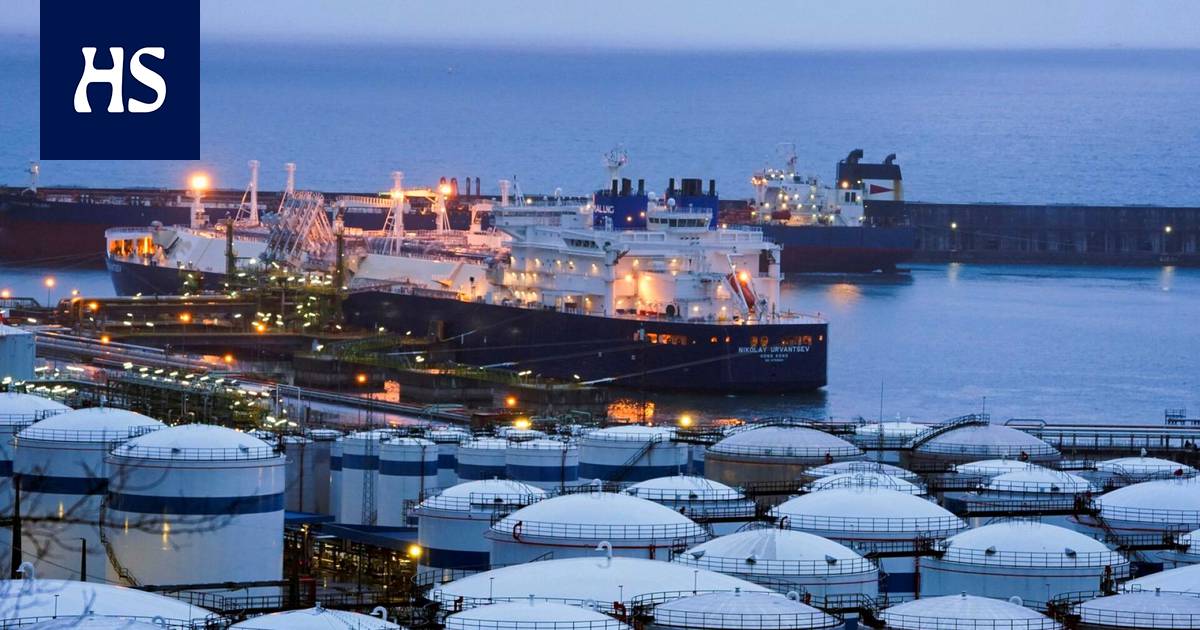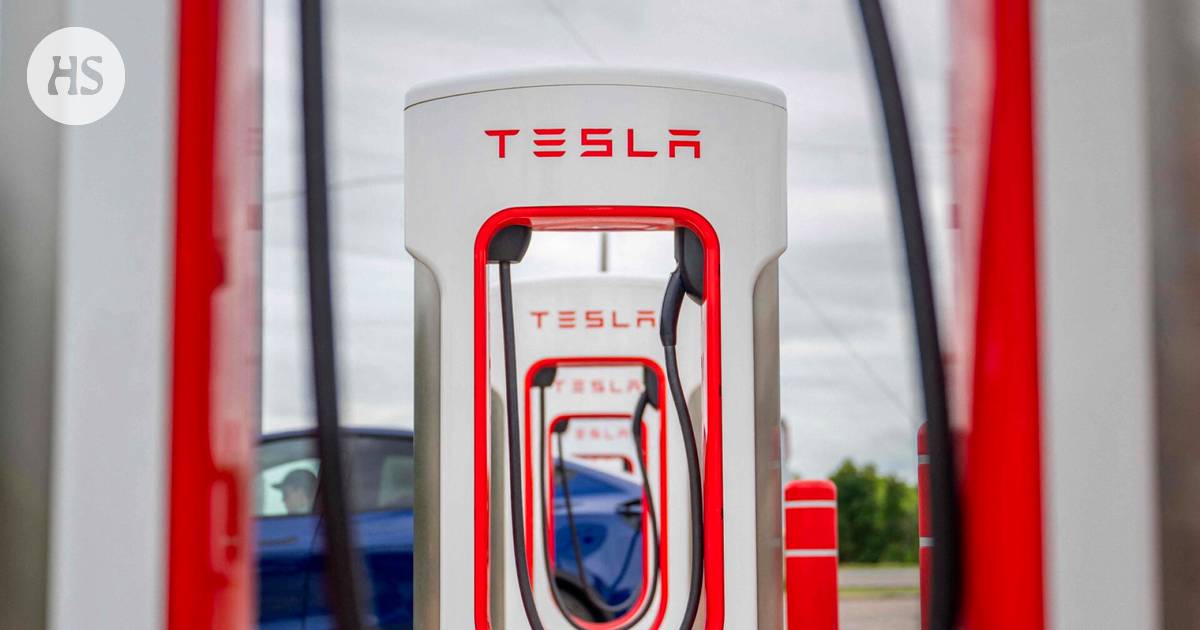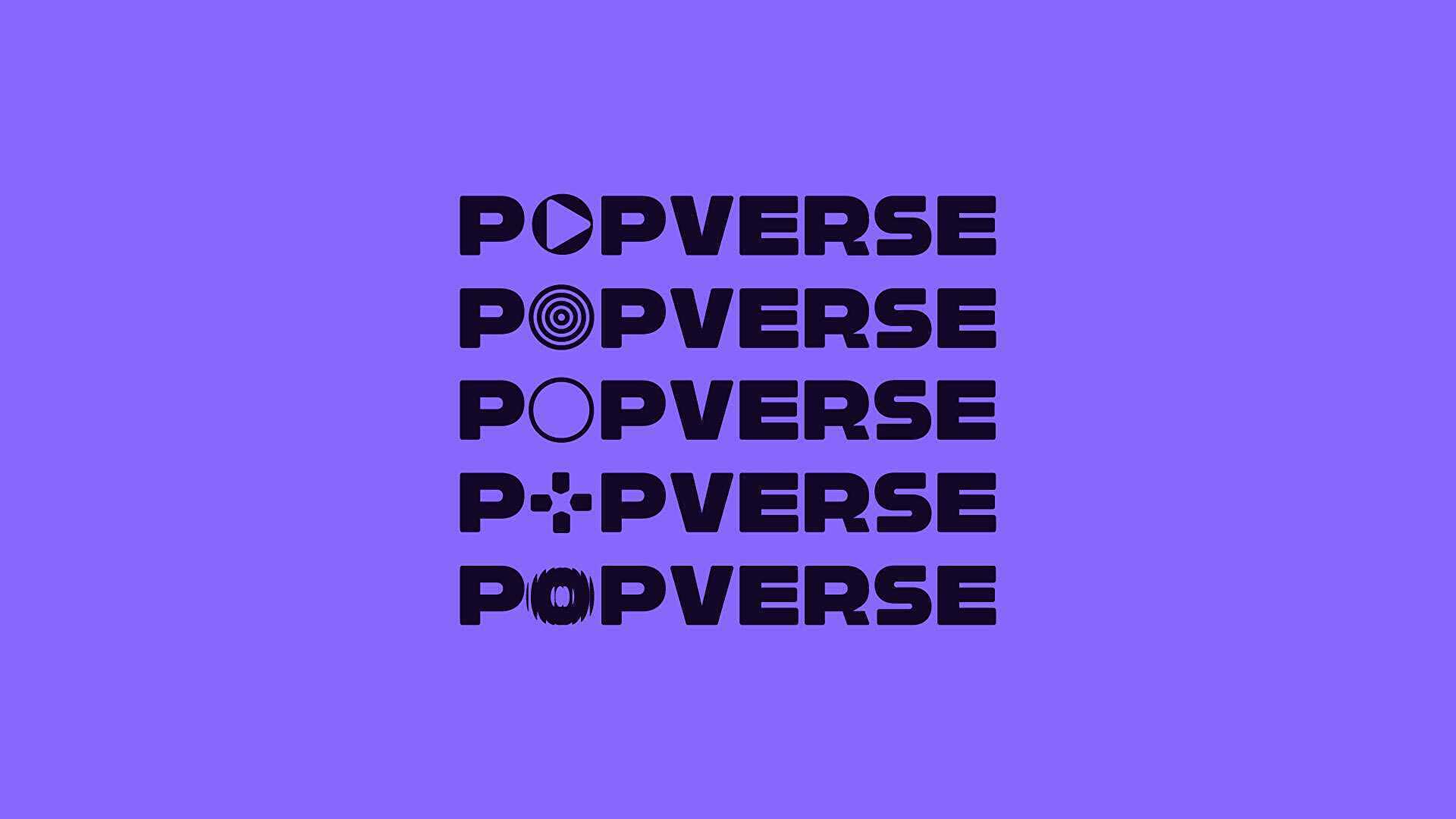EU policymakers are now feverishly trying to come up with solutions to replace Russian natural gas and oil. They may be found especially in climate action.
25.3. 19:39
European leaders of the Union are currently considering feverishly how EU countries can replace the fossil energy they use. An EU ban on imports of Russian natural gas and oil would be a “death blow to the Russian economy” and could end the war in Ukraine, Danske Bank estimates earlier this week.
However, the ban is politically difficult for the EU, as many EU countries rely heavily on energy purchased from Russia. In 2021, a total of 155 billion cubic meters of natural gas and 2.3 million barrels of oil were imported into the EU from Russia.
But how would Europe get its energy in the future if it dared to make a drastic decision? The Washington Post gathered together Proposals for alternative solutions by the International Energy Agency (IEA), the Bruegel think tank and the European Commission.
Short-term: This would reduce the share of Russian natural gas by the winter
New sources of natural gas
The European Commission estimates that it can obtain an additional 10 billion cubic meters of natural gas from existing pipelines, for example from Norway, Azerbaijan and Algeria. However, the production of new gas pipelines is very slow, so it seems unlikely that other alternative gas sources will be available in the near future.
More liquefied natural gas (lng)
Natural gas can be liquefied, making it easier to transport. The Commission estimates that it could increase short-term lng flows by up to 50 billion cubic meters in the near future, for example from Qatar, the United States and Egypt. However, this option is limited by the high price of lng, which was already rising before the war in Ukraine.
President of the United States Joe Biden and the President of the European Commission Ursula von der Leyen announced on Friday morning an agreement that the United States would supply the EU with 15 billion cubic meters more liquefied natural gas by the end of this year, in addition to what had already been agreed. In addition, the United States will increase lng supplies by about 15 billion cubic meters annually by 2030.
Leakage of pipelines is supported
Leakages in natural gas infrastructure can lead to significant energy losses. Blocking pipeline leaks could save Europe up to 2.5 billion cubic meters of natural gas by the end of this year, according to the IEA.
Less heating
One of the most effective ways to reduce dependence on Russian natural gas, according to the IEA, is simple: turn building thermostats down by one degree Celsius. This would reduce the need for natural gas by about 10 billion cubic meters per year.
Installing heat pumps
Installing heat pumps even halves the energy needs of households compared to gas heaters, which are still used in around 76 million European homes. The Commission wants to double the pace of heat pump installation by next winter, reducing the need for natural gas by 2 billion cubic meters.
Increasing the energy efficiency of buildings
Buildings also consume about 40 percent of Finland’s total energy consumption. According to the EU’s plan, up to 2 billion cubic meters of natural gas could be saved each year by improving the energy efficiency of buildings, for example by renovating ventilation.
Accelerate the use of renewable energy sources
Accelerating the deployment of new solar panels and wind farms, for example, could reduce natural gas use by about 6 billion cubic meters by next winter, the IEA estimates.
Postpone the abandonment of nuclear gas and support bioenergy
In Europe, nuclear power plants are planned to be closed in Germany and Belgium, for example. Postponing these closures and increasing the use of bioenergy could reduce the need for natural gas by up to 10 billion cubic meters in the future.
Reducing industry needs
The incubator Bruegel is proposing a short-term way in which the EU could urge certain energy-intensive industries, such as ammonia and aluminum producers, to reduce production or consider temporary closures next winter. This could reduce the need for natural gas by up to 17 billion cubic meters.
Exchanging natural gas for other fossil fuels
Most EU countries have committed to phasing out coal as a fuel, and at least 20 European coal-fired power plants are scheduled to close this year. According to the IEA, the use of these power plants could be continued for the time being, which would reduce the need for natural gas by up to 28 billion cubic meters.
However, the problem is that almost half of Europe’s coal is also imported from Russia, so more should be imported from the United States, for example.
The EU wants to triple its production of renewable energy by 2030. Solar panel and wind farm in Middelharnis, the Netherlands.
Long-term: In this way, Russian natural gas will be reduced by 2030
More bioenergy is produced
The EU intends to expand the use of renewable natural gas, which is produced from decomposing organic material. By the end of the decade, the Commission estimates that around 35 billion cubic meters of gas could come from organic sources.
Increase fossil-free hydrogen production
Hydrogen can be used as a fuel, but today it is often produced using fossil fuels. The EU is planning a significant increase in fossil-free hydrogen production, which could be achieved through nuclear power or other renewable energy sources. This could replace up to 25-50 billion cubic meters of natural gas demand.
Continue to increase the energy efficiency of heat pumps and buildings
By the end of the decade, the EU aims to reduce the need for natural gas by tens of billions of cubic meters by installing electric heat pumps and improving the energy efficiency of buildings.
Triple the production of solar and wind energy
The EU wants to produce so much renewable energy from these two sources that the need for natural gas will fall by 170 billion cubic meters by the end of the decade.
Protesters protested in Brussels on Tuesday and demanded an end to Russian oil imports. EU policymakers gathered later this week to discuss how to break away from Russian energy.
Quitting Russian oil is simpler than natural gas
To natural gas the EU’s exit from Russian oil is simpler. Much of the oil arrives in Europe by ship, so oil can be imported from the rest of the world if necessary.
For example, Germany plans to halve the amount of oil imported from Russia by the summer, the economy minister said Robert Habeck on Friday. According to Habeck, Germany has been working hard in recent weeks to get rid of fossil energy imported from Russia. However, this is not easy, and reorganizing oil transport, for example, can take a long time.
Thus, reducing demand is an important way to exit Russian oil. According to the IEA, there are many ways to do this, such as new speed limits in traffic, increasing the fleet of electric cars and increasing teleworking. On a large scale, these measures would significantly reduce the need for oil.
#Energy #ban #Russian #energy #imports #death #knell #Russia #give #Europe #energy #dared #drastic #decision









